In the year 2000, in a small east German town, work began on the construction of an organ that had one purpose: to perform John Cage’s ORGAN2/ASLSP (1987) for precisely 639 years. The late avant-garde composer’s only instruction for the piece was to play the piece “as slowly as possible.” And so in 2001 — the instrument finally ready — the world’s longest organ recital began in St. Burchardi church, Halberstadt, with a rest lasting seventeen months before the first chord commenced droning in 2003. It consisted of two G sharps and a B. Two weeks ago, I — along with several hundred others — made the pilgrimage to the town to witness the work’s latest chord change.
In theory, a pipe organ can sound indefinitely, so long as it receives adequate power and its pedals are pressed continually. To eliminate the need for an organist, a system of sandbags suspended by strings delivers this pressure in Halberstadt. Thus, the only threats to this performance are the survival of the organ, the will of the unborn and the erratic tides of arts funding.
The next day, a D natural was due. The excitement was palpable
I first entered the church a day prior to the sound change. At the gates, a lone homeless man yelled at no one. Inside, the chord we heard consisted of a C, a D flat, a D sharp, an E, an A sharp and another E, which had been playing, unchanged, since early February 2022. The next day, a D natural was due. The anticipation was palpable, with at least six other tourists wandering the cold brick hall, there to hear the final hours of this loud and, after a time, torturous sound. Their expressions were a mix of awe and regret. A composer I met later very patiently explained the basis of this torture: “a low chromatic cluster with higher added notes that don’t really function as overtones, but were probably thought of as formants by the composer.”
Why Halberstadt? In 1361, in the town’s cathedral, an organ was installed that is believed to be the first with a chromatic keyboard. This act — the creation of the modern twelve-note manual, in which five black keys had been added to the seven white ones — has enabled the largely attraction-less town to designate itself, across a number of websites, “arguably the cradle of modern music.” The seemingly trivial fact that 639 years had passed since the Halberstadt organ was built was deemed significant. And during protracted discussions over exactly how slow to play the piece — thrashed out at a conference of philosophers and musicologists in 1997 — they landed on 639 years.
The sound changes usually occur every two or three years, causing a small stir in Halberstadt — and a small splash in newspapers worldwide. For the accompanying ceremony, roughly 500 organ-mad Europeans crowd into and around this dark, versatile hall; after serving as a church, it was used as a barn, a distillery, a pigsty, before it became — aptly, his critics might argue — the venue for this lengthy Cage concert.
I tried to arrive at this former pigsty as a beginner, my response un-poisoned by Wikipedia. It was as if Cage had willed the fifteen drinks in Halberstadt’s only open bar the previous evening, willed this hangover that had scrambled my face and brain. “Another,” Cage had whispered, while a local invited us to her anti-fascist rally the next day. “And another.” Rainer O. Neugebauer, chairman of the board of trustees of the John Cage Organ Foundation, had played his part too, emailing me a series of links to other online articles about the performance, many of which led to error pages, the performance having outlasted much of the thought about the performance.
I wanted to appreciate the qualities of the sound itself, rather than appreciate it strictly on the basis of what it meant or on the basis of any theory — which, Cage’s critics will argue, is the only way to appreciate the music and which therefore renders the music secondary: a means to an end. I closed my eyes. The organ sustains an ominous hum at all times, day and night, generally for no one — just droning on to itself, a tree falling in a forest.
After ten minutes, this sustained ominous hum was still not something I could appreciate in itself. It was, my wandering thoughts suggested, inseparable from the context. It is not for no reason that a man travels nine hours to Halberstadt.
Despairing, I decided that the ability to truly appreciate this humming perhaps belonged only to those who don’t know what it is, what it amounts to, who will of course never experience it anyway, because there’s virtually no reason to be in or to even pass the disused St. Burchardi unless you do already know that it is the site of this mulish humming. The sound was sometimes punctuated by the wailing of the homeless man outside, somehow adding to the air of futility. Contrary to Cage’s wishes, I got the distinct feeling that the next day’s sound change would hardly matter in itself; all that would matter to those in attendance was that they were there.
The only other sound audible, if you strained, was Cage laughing; laughing as I hammered out endless Airbnb logistics with Herr Peter; laughing as I booked a taxi to Stansted, a flight to Leipzig, a train to Halberstadt and traveled 600 miles, all apparently so I could say I was there, hearing an organ play a D.
Halberstadt itself was more of an unknown quantity. For Cage, it was important to approach music with an open mind, to hear it almost as a beginner, stripped of the expectations that limit our experience of sound. Similarly, I was determined not to let my first impressions of Halberstadt be colored by its closed restaurants, closed bars, and skeletal bus service.
My friends and I walked the cobbled streets of the reconstructed Old Town, learning from several locals that they felt reunification was “missold” and that in addition to the anti-fascist rally there was also a far-right rally. Much of the Old Town was destroyed by Allied bombings at the end of World War Two, after local Nazi leaders “refused to surrender.” Apparently, they still hadn’t. As a far-right motorcade passed us, honking horns and blaring “Deutschland” by Rammstein, I thought about how some of this persistence also endured in the Cage concert, although put to significantly better use than it was by the fascists. This was a spirit present in the bleaker areas outside of the Old Town too, in the calmly circling trams and grayer, squatter administrative buildings designed solely, it seemed, at the expense of any beauty, to withstand any force, because the administration — like the concert — would never end.
On the afternoon of the sound change, my friends queued for an hour for a spot in the back of the church. I was organ-side with the press, where the low chromatic cluster was still persisting. There were 500 people there, vying for elevated positions. The area in the immediate vicinity of the organ cost $200. For the ceremony, many had brought cameras; some had camera-harnesses, tripods and sound equipment. I overheard a muted discussion about the ideal angle for shooting the organ. The pipes were lit by spotlights overhead, while the rest of the room was dimmer. The funding for something this impractical tends to be low, so the organ is still being built as the piece plays, with new pipes only added when it becomes necessary in order to produce the sound changes. Neugebauer, who strongly resembles a rabbi, was responsible that day for adding the new pipe. Beforehand, I watched him striding around, conferring with members of the “press, massaging his temples.
There was a long wait. I thought about my Goodreads account, about my Letterboxd account, about the Most Photographed Barn in America. I thought about our modern impulse to tick things off; an impulse that relegates art like Shoah to a tick, Crime and Punishment to a tick: more means to vague and empty ends. In St. Burchardi, I was about to tick another box, the Slowest Organ Concert Ever box — one I had already ticked the day before.
It occurred to me that the sound change — the aspect of the performance that was apparently most necessary to tick, the aspect hundreds flew out for, one reportedly from Chile — was the least representative part of the performance. It was the droning, the interminable droning, that was most representative of it and surely the most instructive entry to an understanding (and a ticking) of this slippery, esoteric box. I looked around at the crowd. What, I wondered, were we all doing here?
And yet, the performance resisted all this, for it made itself impossible to actually experience — to tick — even fractionally. It only allowed glimpses of itself. No man would ever endure it. It ridiculed ticking, on an insane scale. I had traveled 600 miles to hear a D natural and that was all it would give me. It would not give me the performance.
The only other sound audible, if you strained, was Cage laughing
At a lectern, a man gave a speech in German. I clapped, no idea what I was clapping for. Eventually, Neugebauer stretched on a pair of white gloves and carefully lifted the pipe up into place, an awed silence gripping the crowd. The new sound was what it was: slightly higher, closer to a ringing than a hum. We listened. This was all we would receive and nothing more, because there was nothing more. To understand that was to be able, maybe, to better appreciate the sound, the art. The collective attention paid to that moment, to that single note, said something about the simple pleasure of sound. What it all amounted to, we would and could never know.
The silence continued, except for the sound of the new chord and the occasional bleep of cameras. We had heard how one sound differs from another and in the process witnessed how that difference builds the miracle of music. A few moments later, Neugebauer and his team bowed to the 500 people who were applauding and cheering, while the organ droned on, unheard, and Cage continued to laugh.
This article was originally published in The Spectator’s UK magazine. Subscribe to the World edition here.



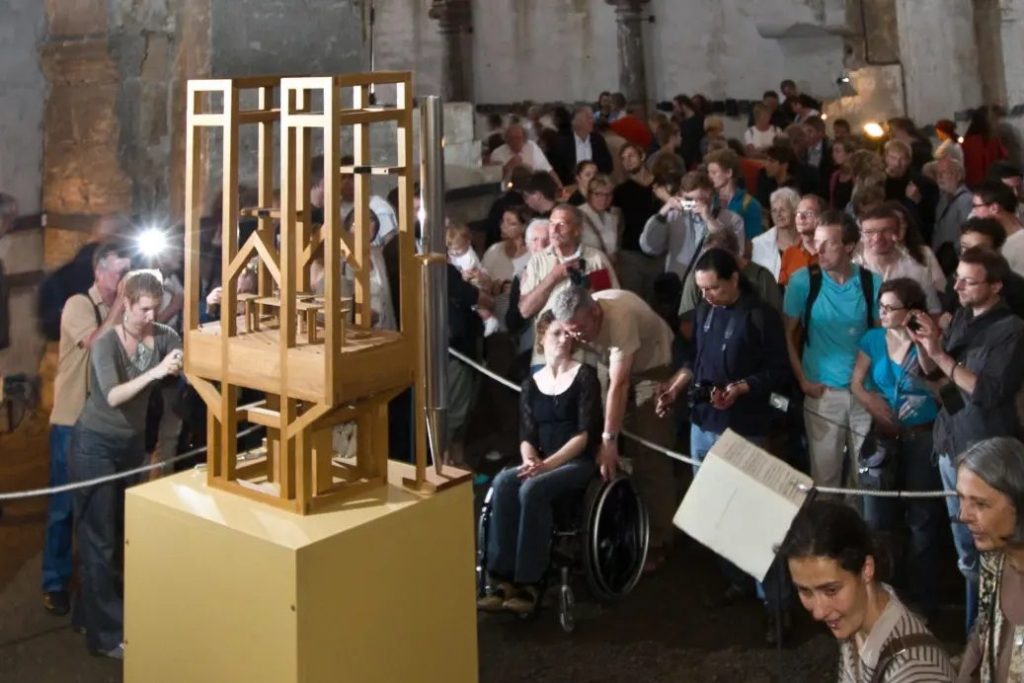






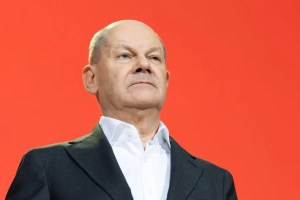
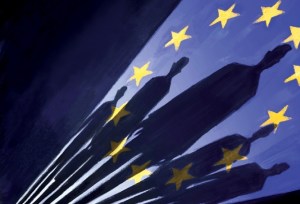


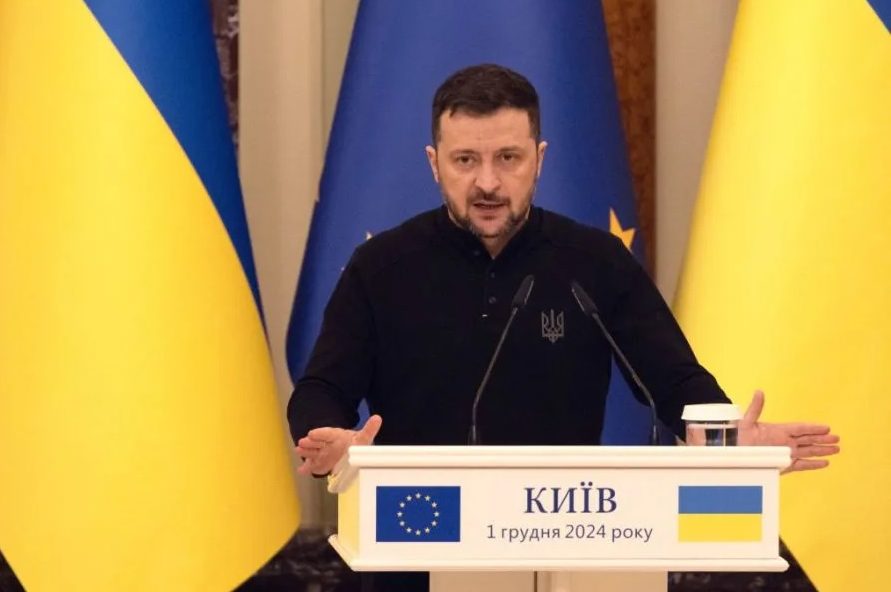
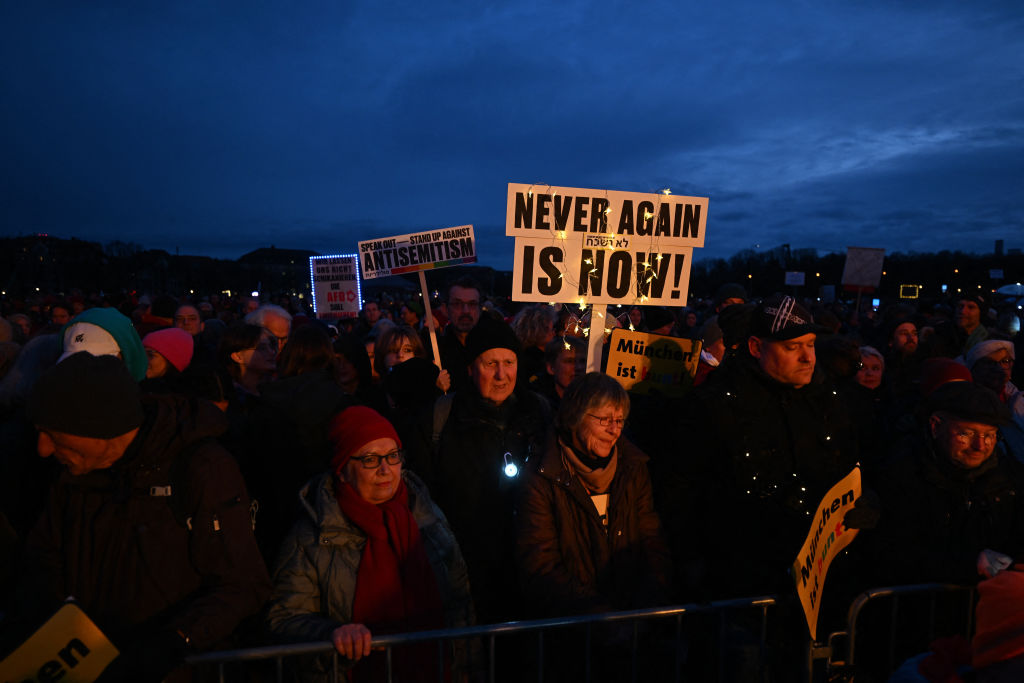
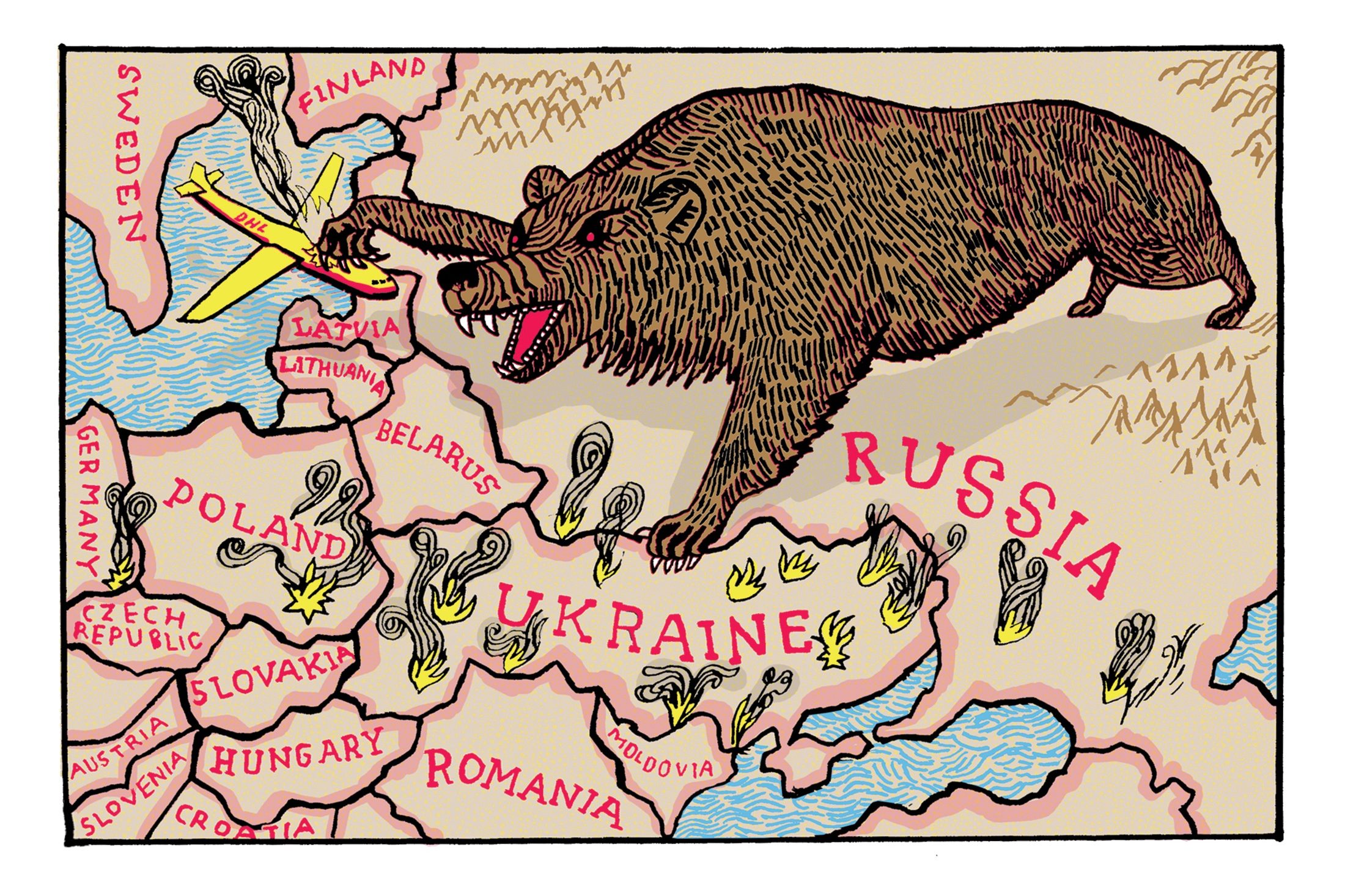
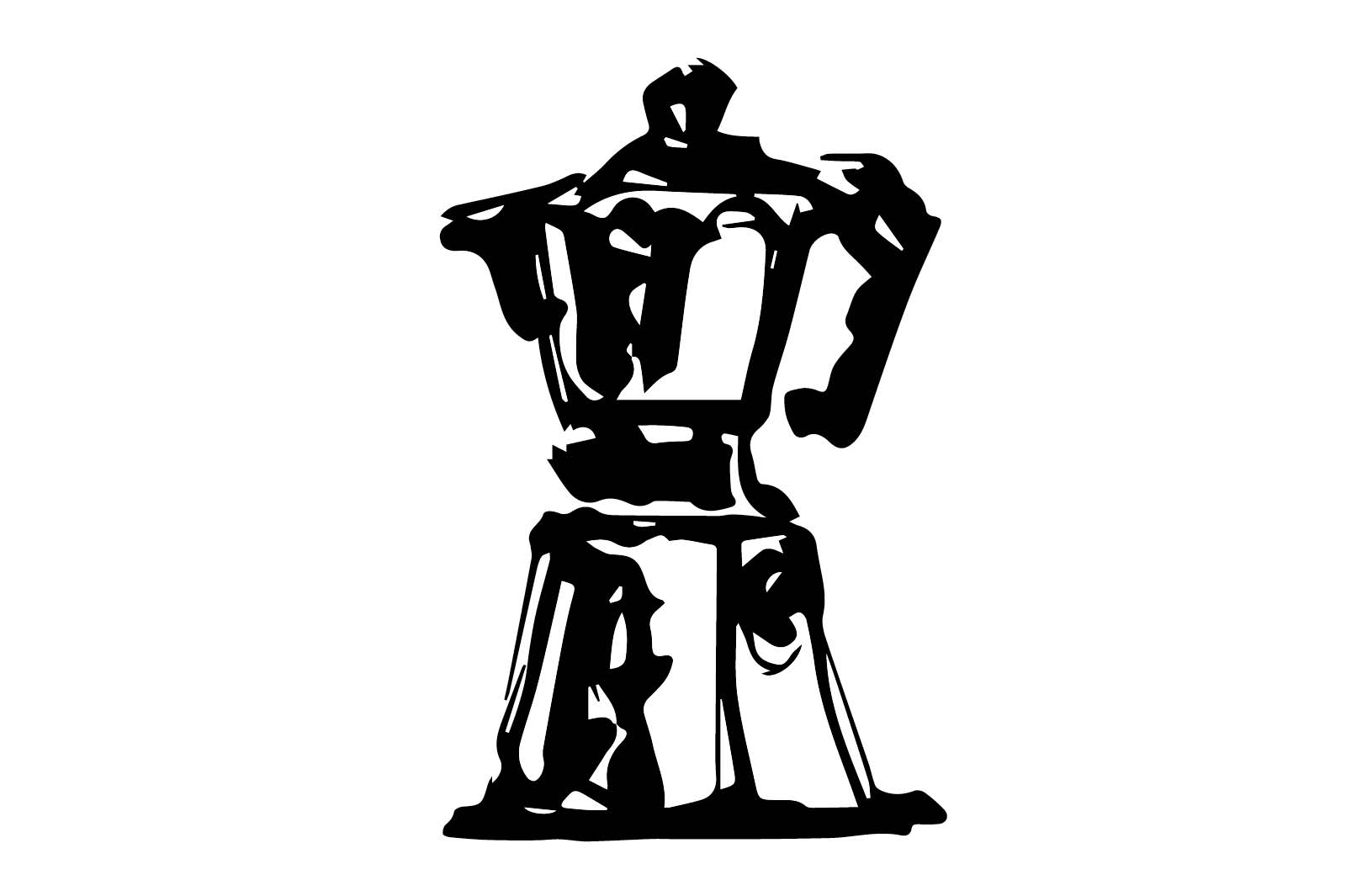








Leave a Reply